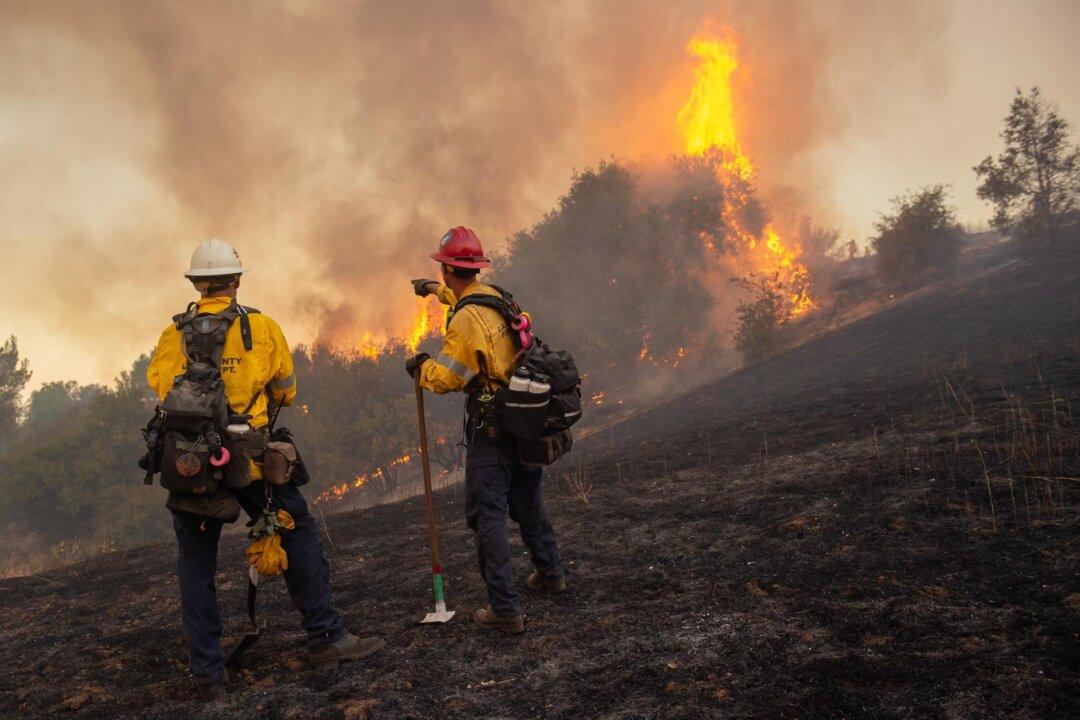State emergency officials are preparing for the likely possibility that California’s Monterey Peninsula will become an island as more storms hit the rain-soaked region this weekend.
Crews were moving ambulances, firefighters, and first responders to the areas around Monterey, Carmel, Pacific Grove, and Pebble Beach Jan. 12 as they anticipated rivers in the area to rise and cut residents off from the rest of the state, California Office of Emergency Management Deputy Director Brian Ferguson told The Epoch Times.





